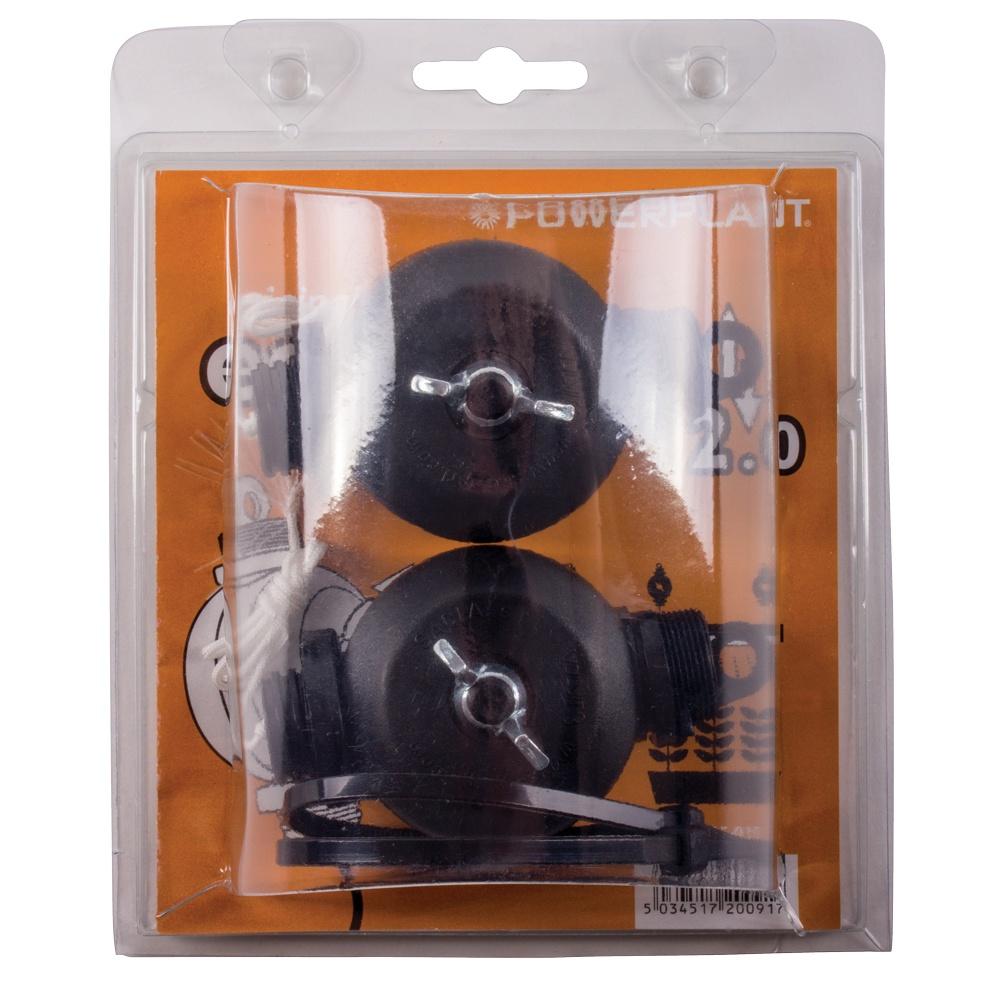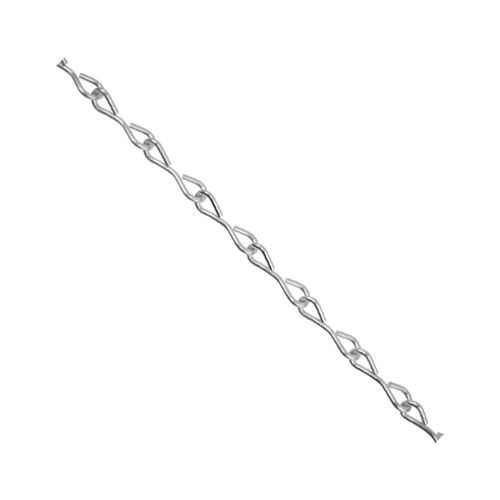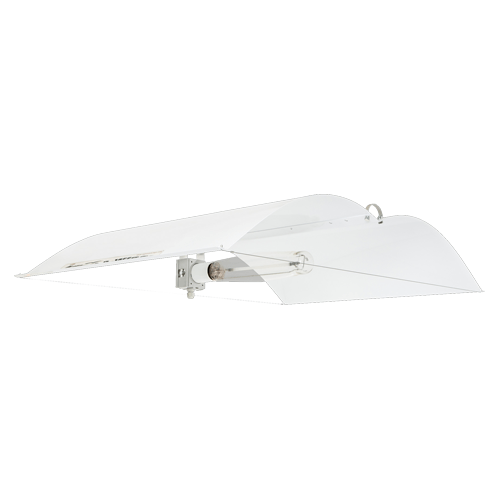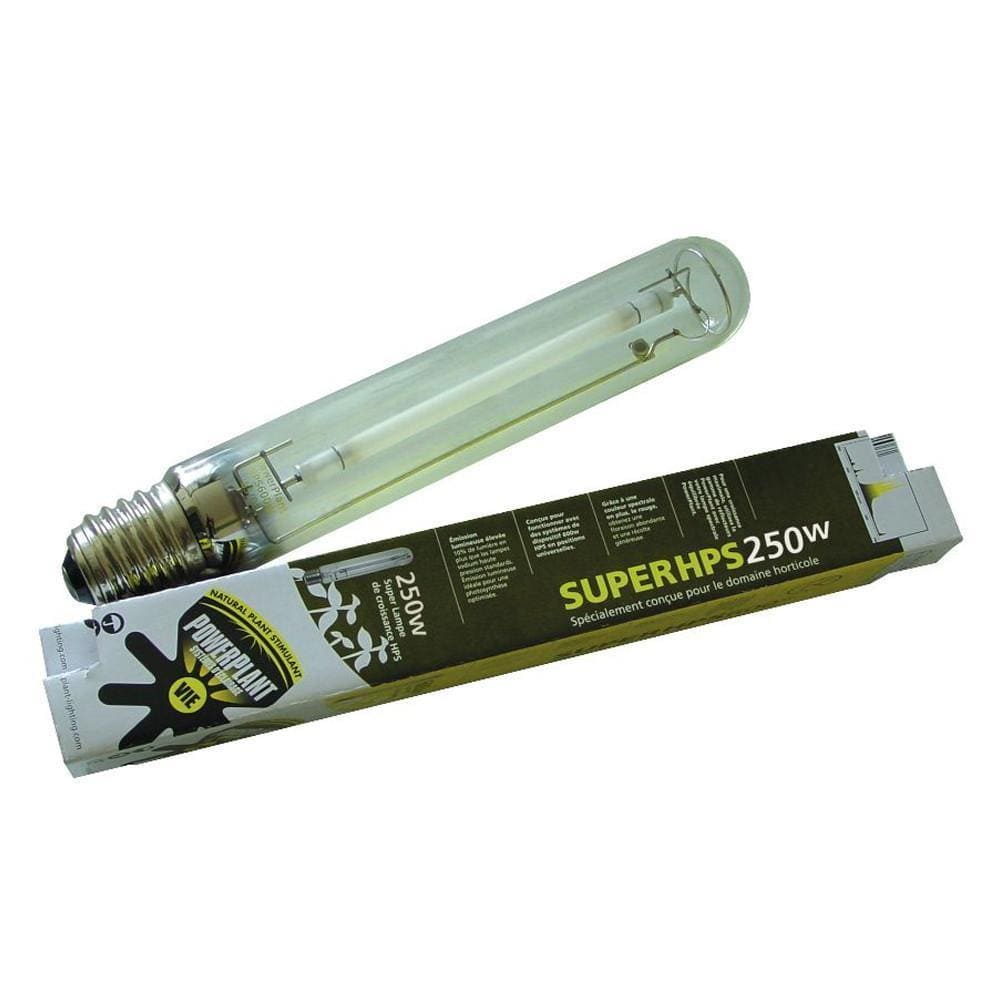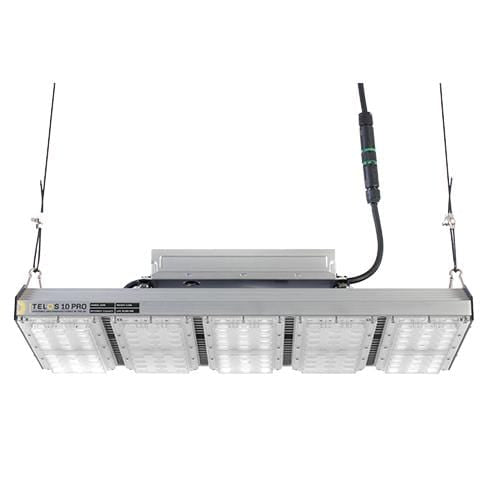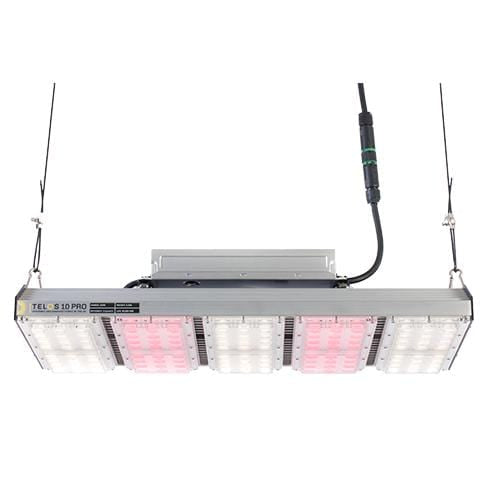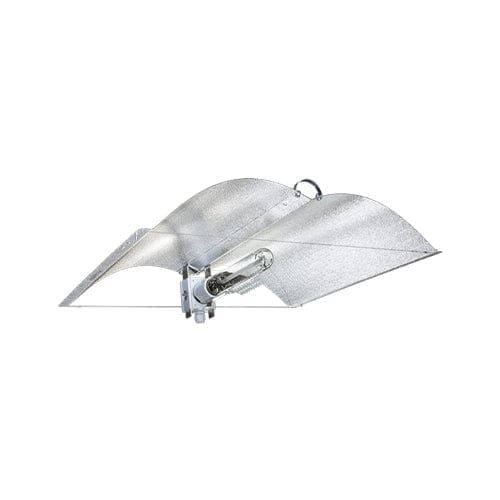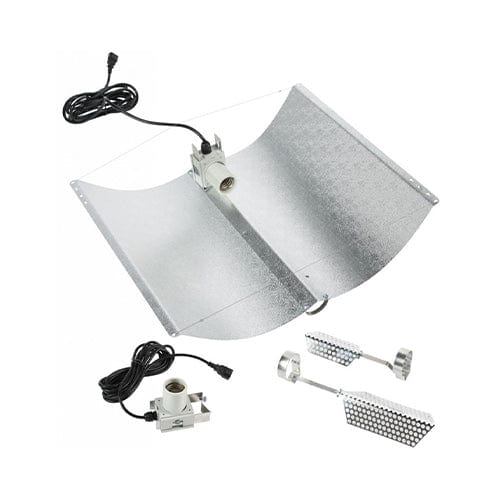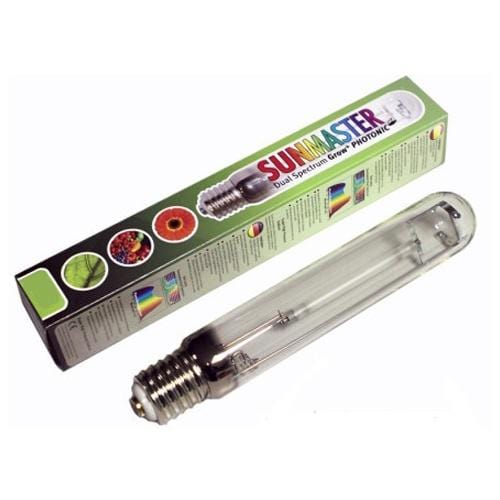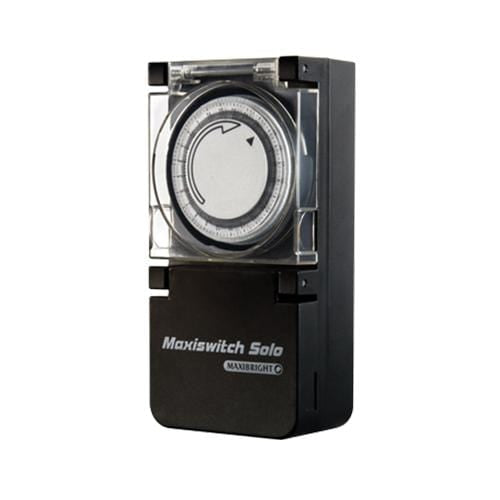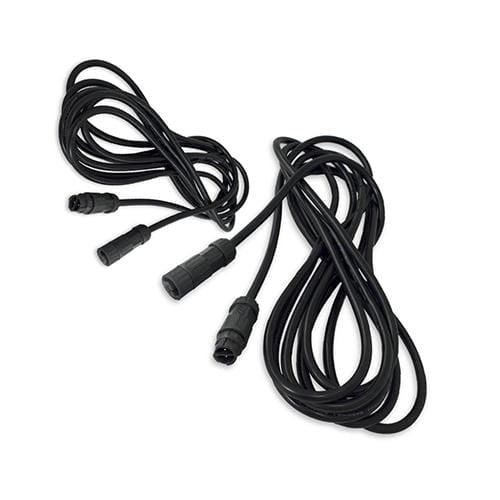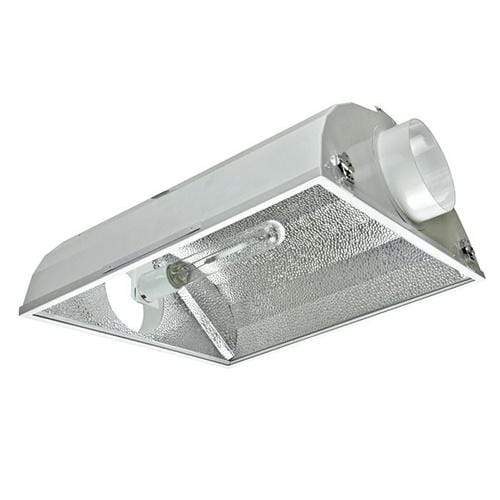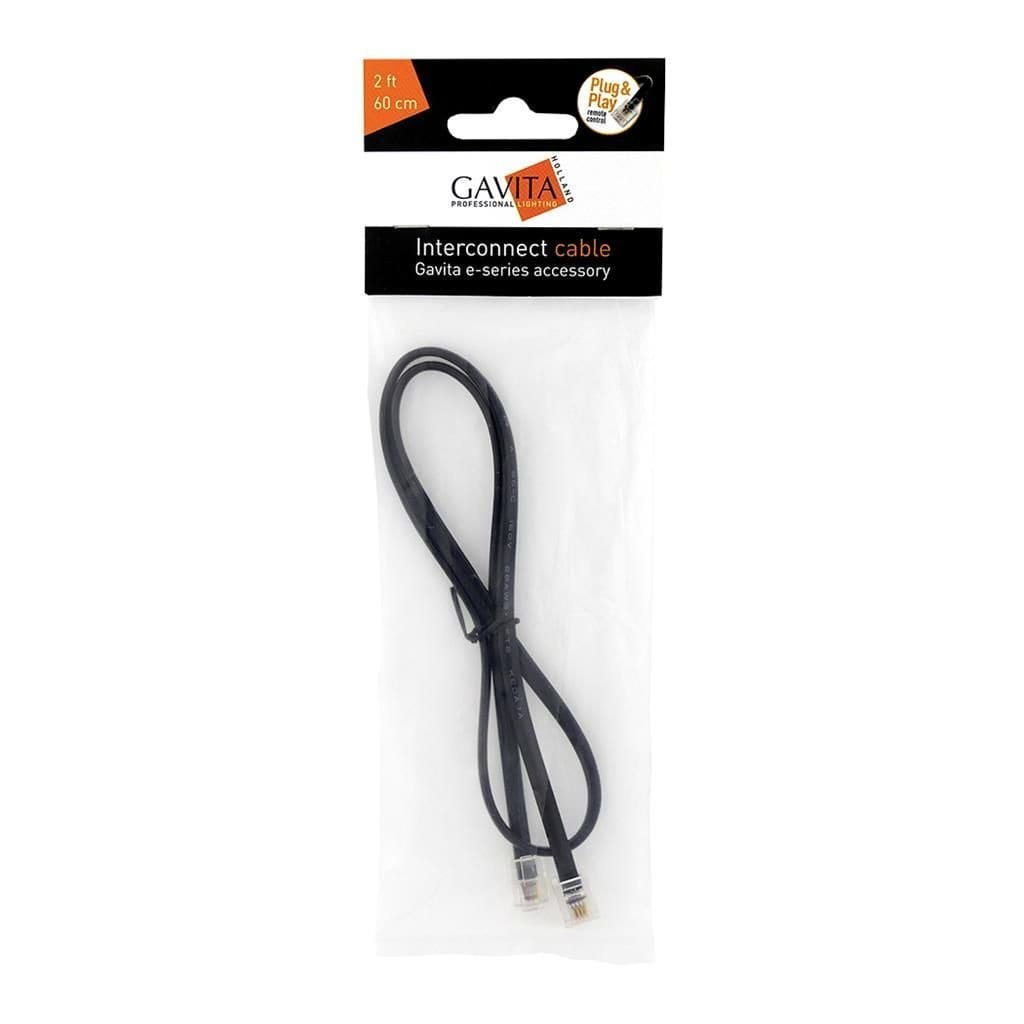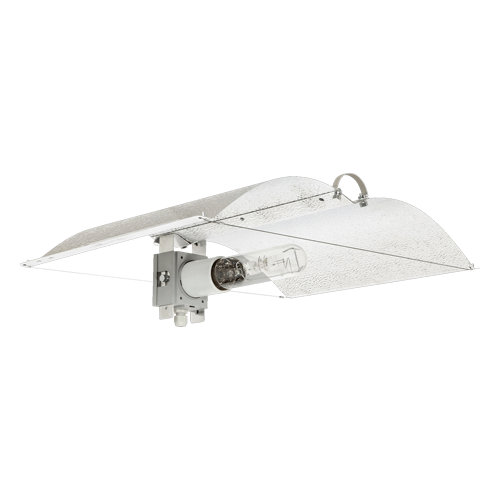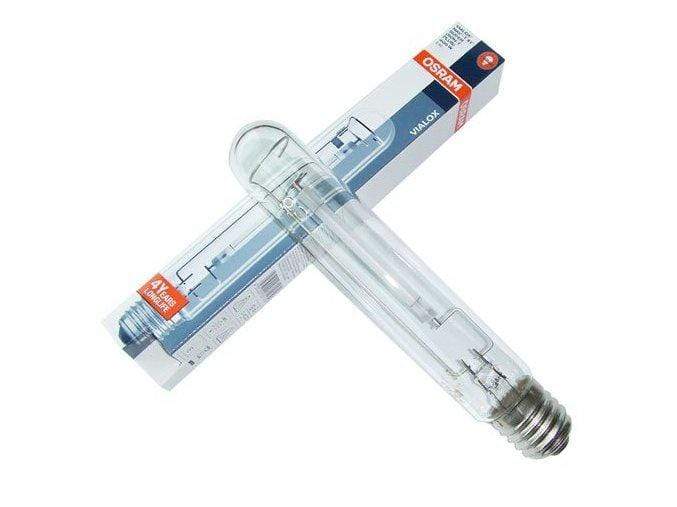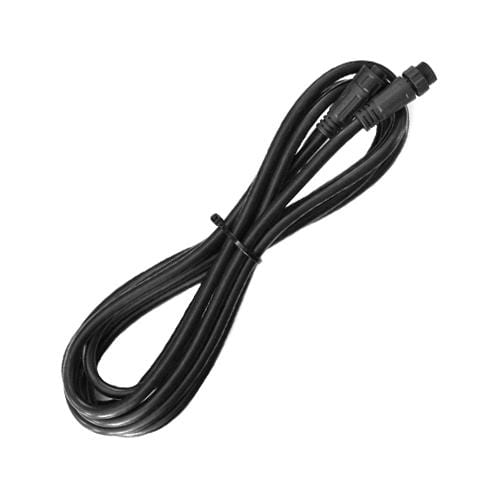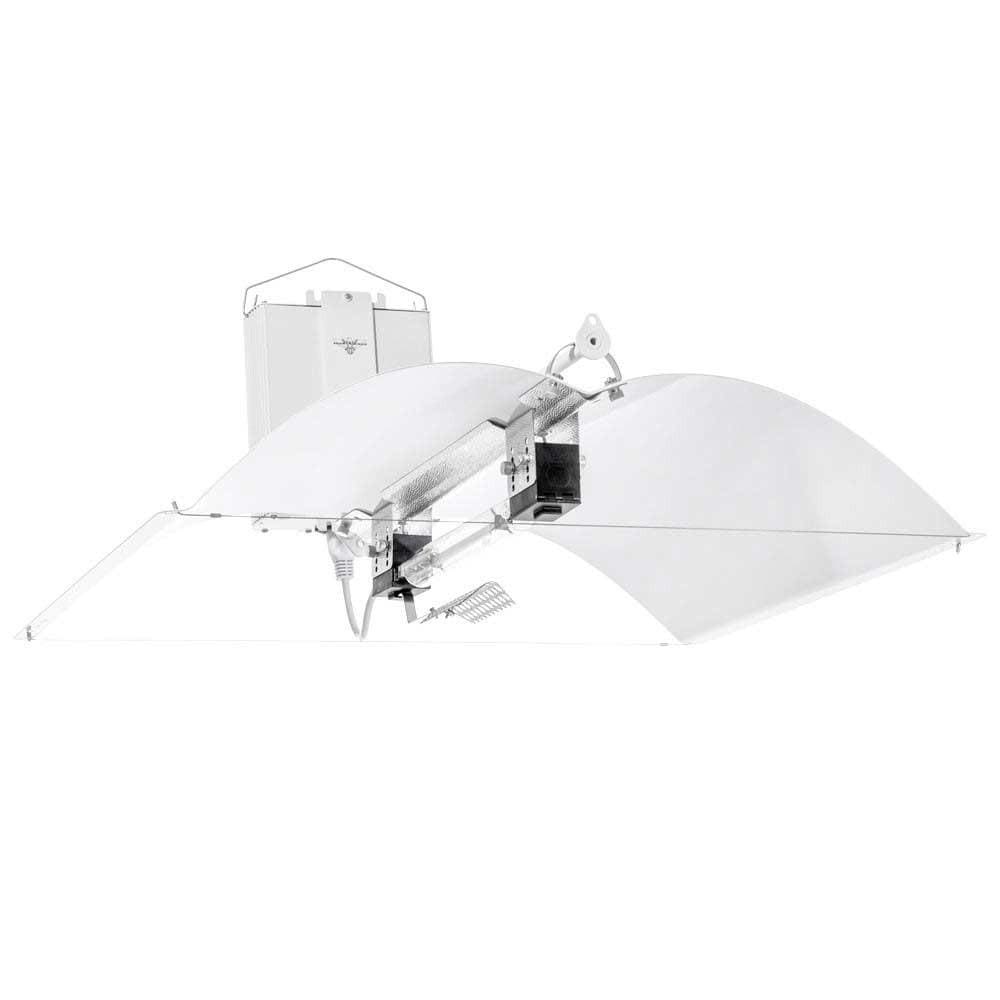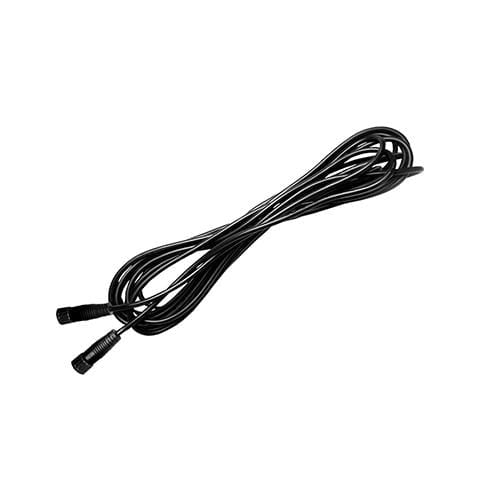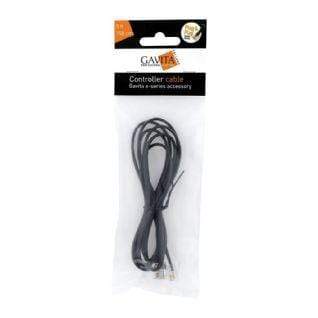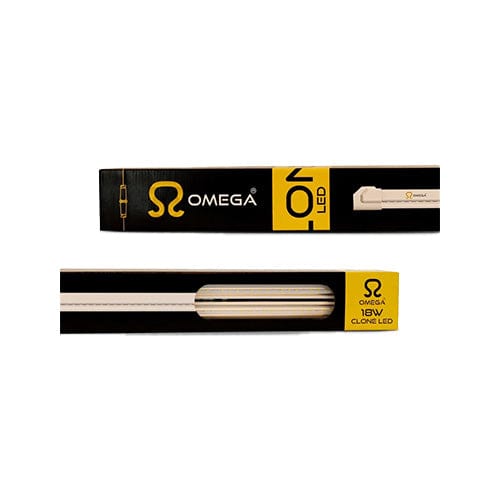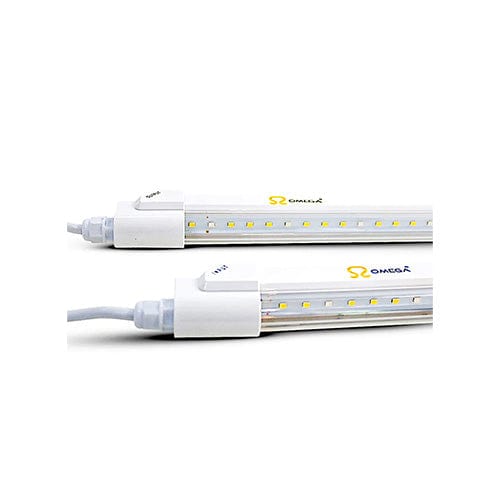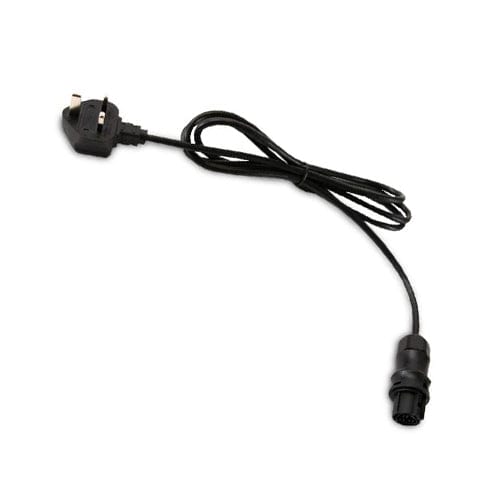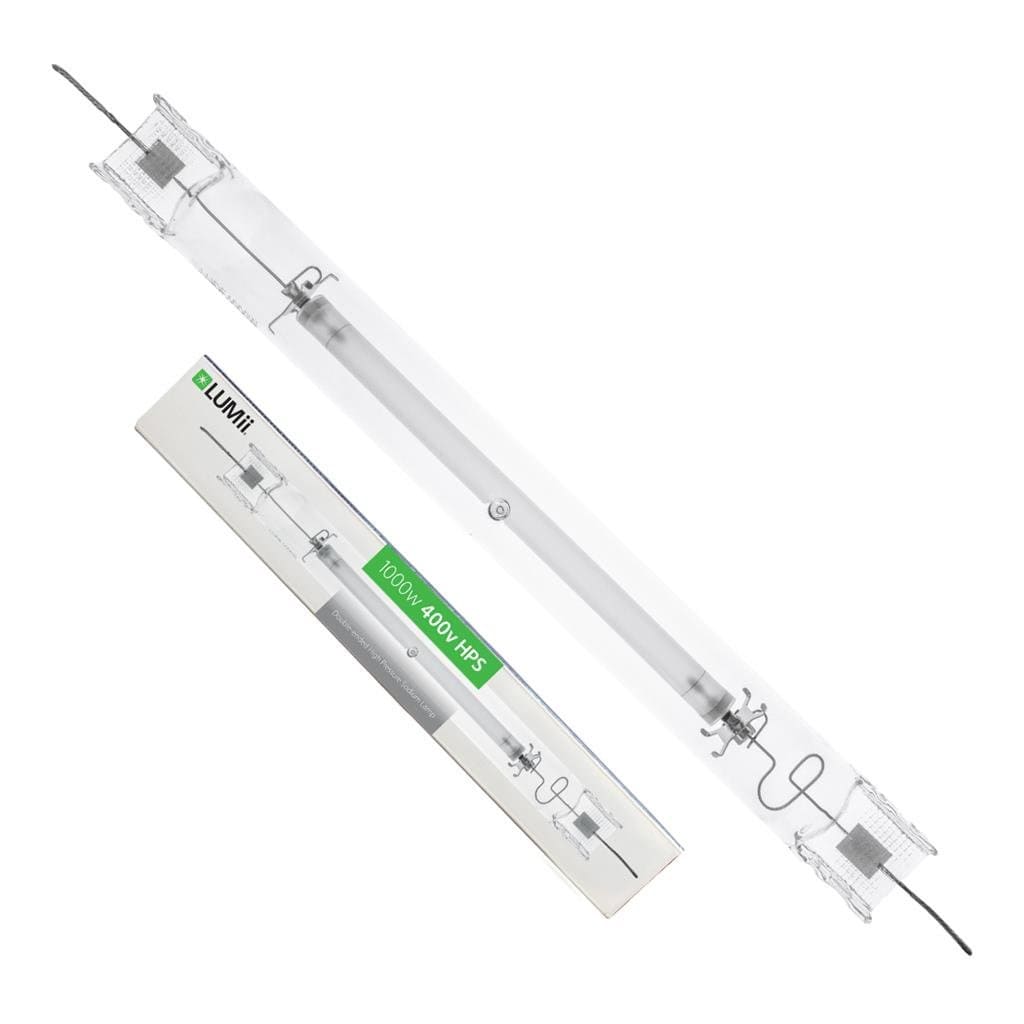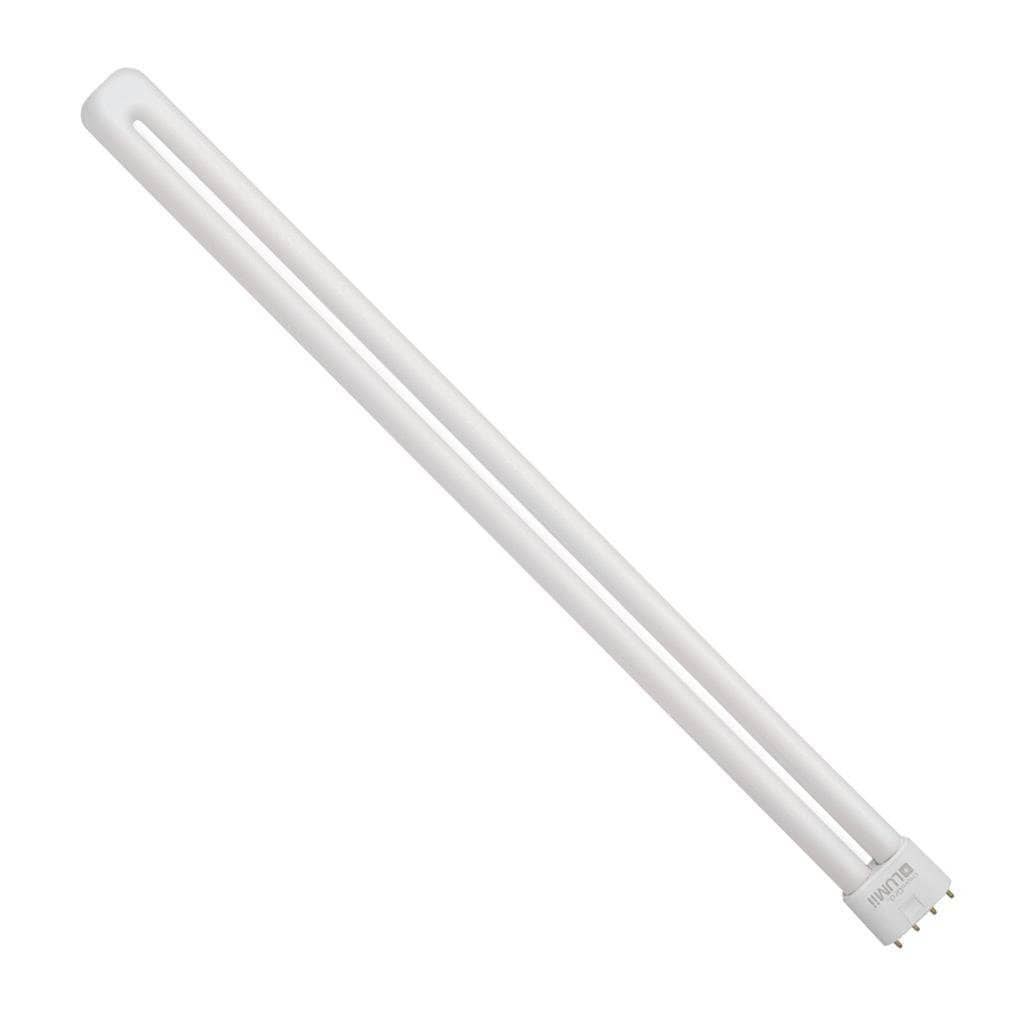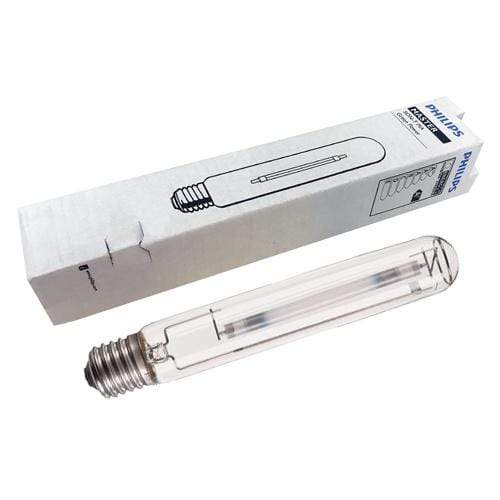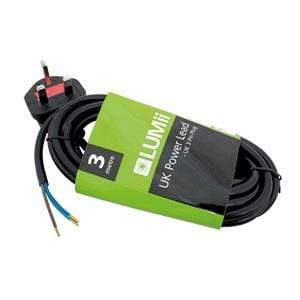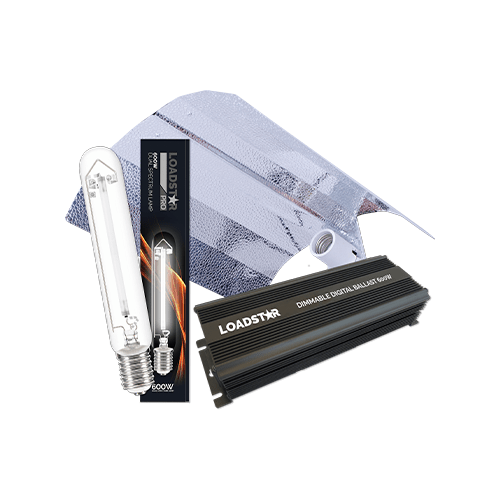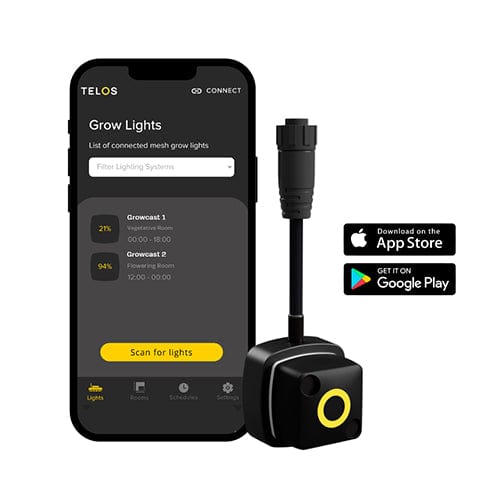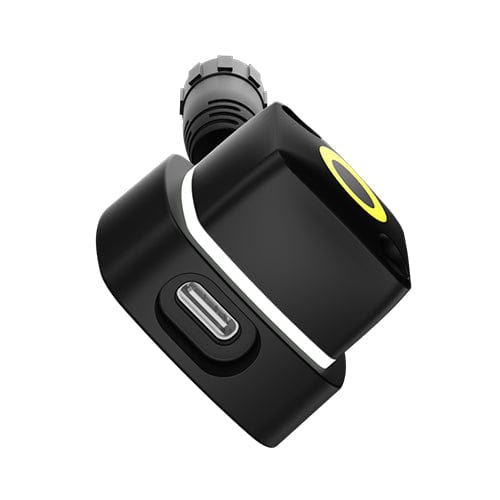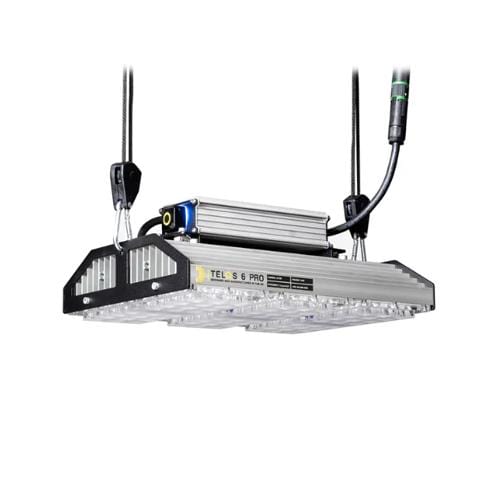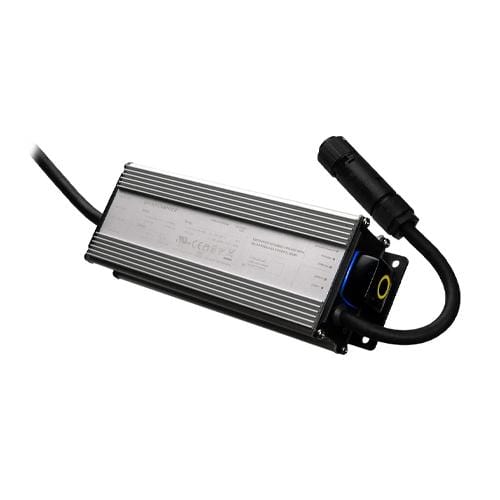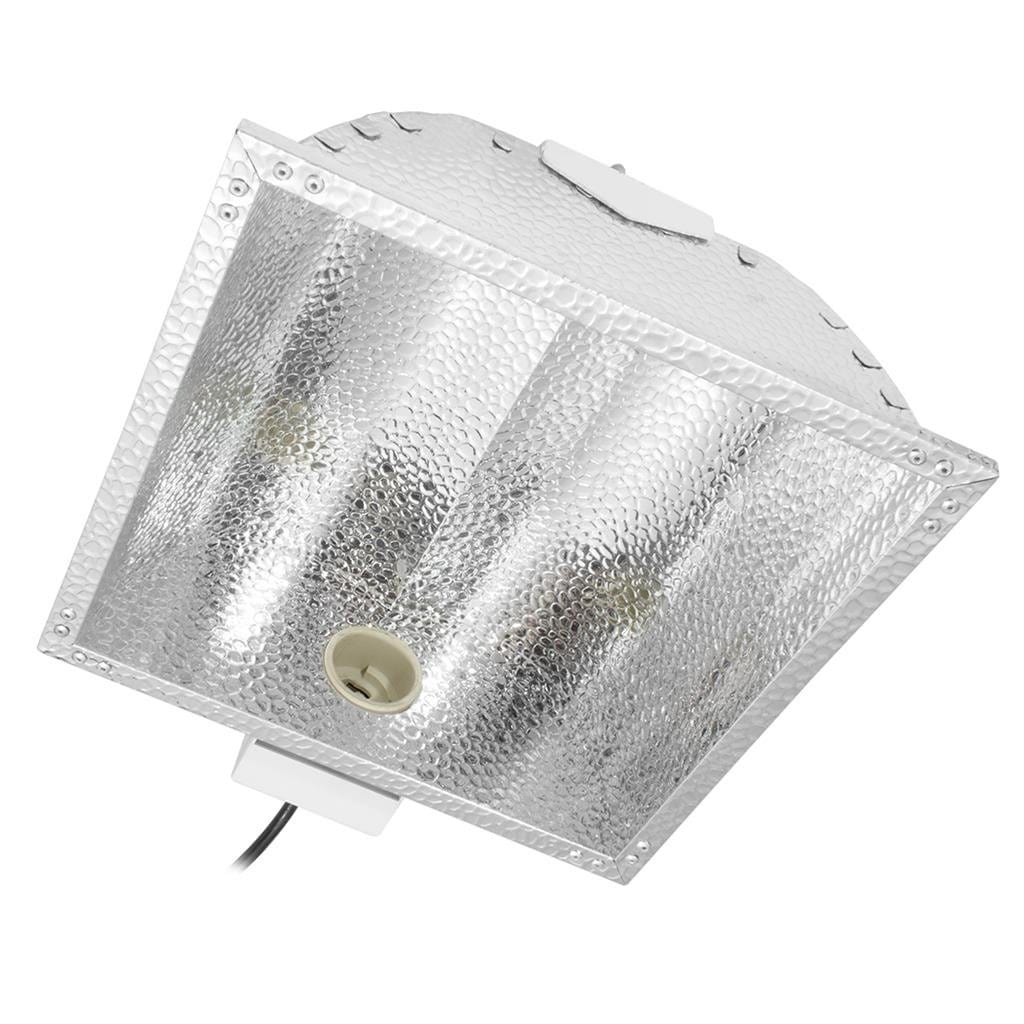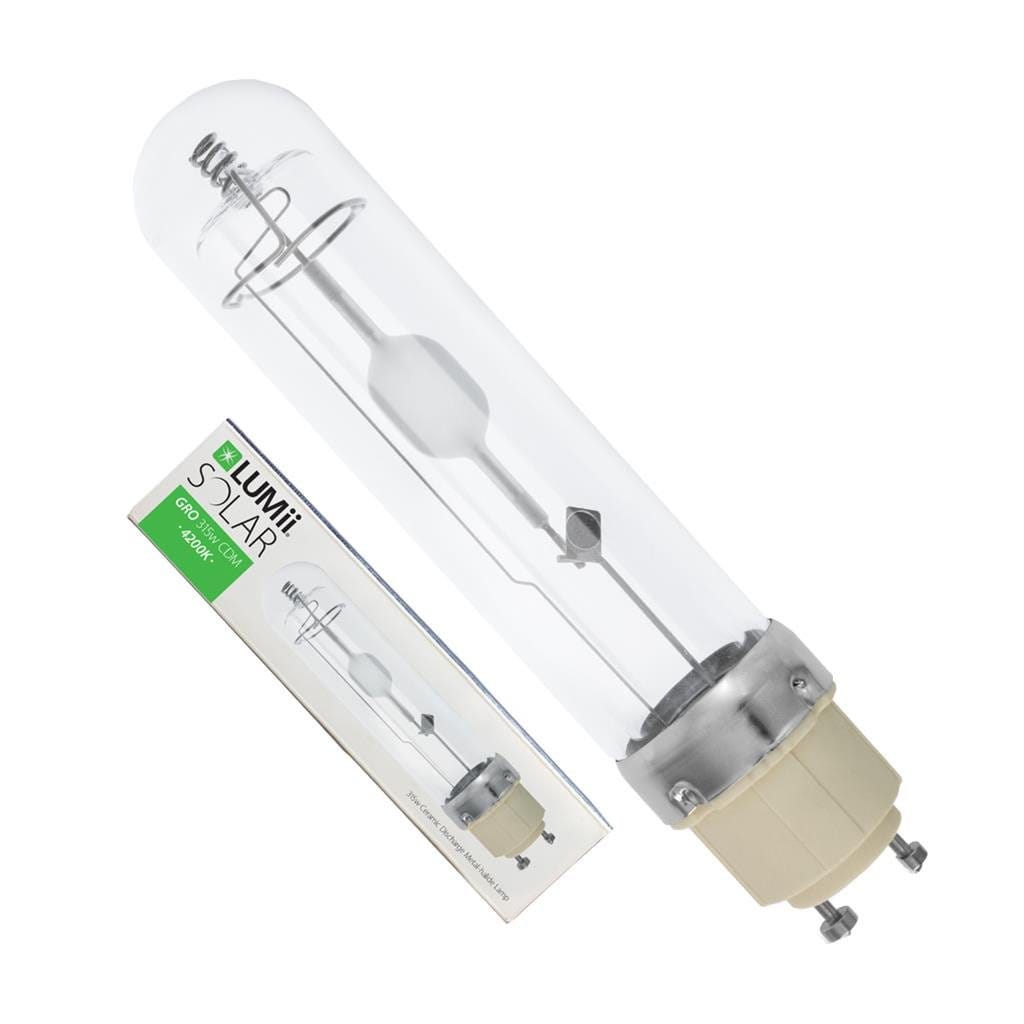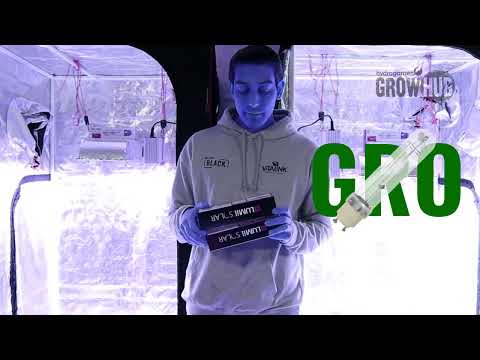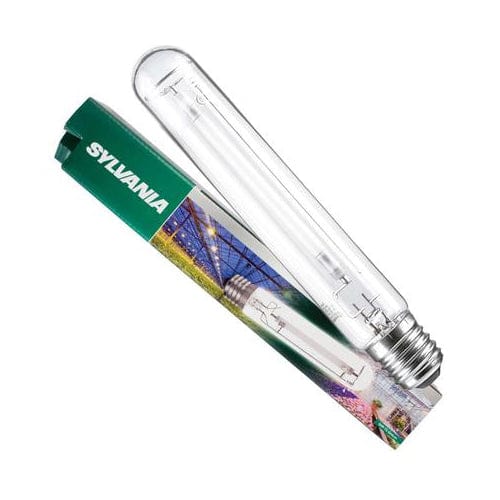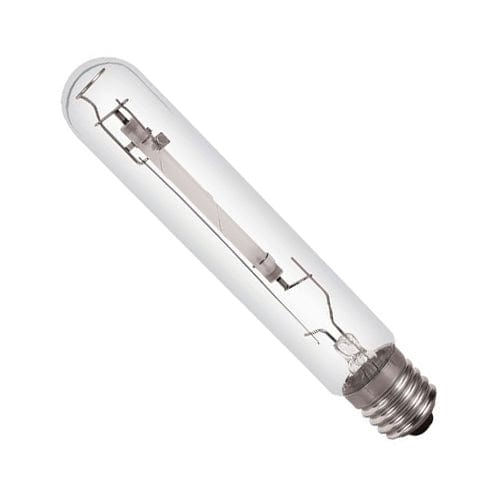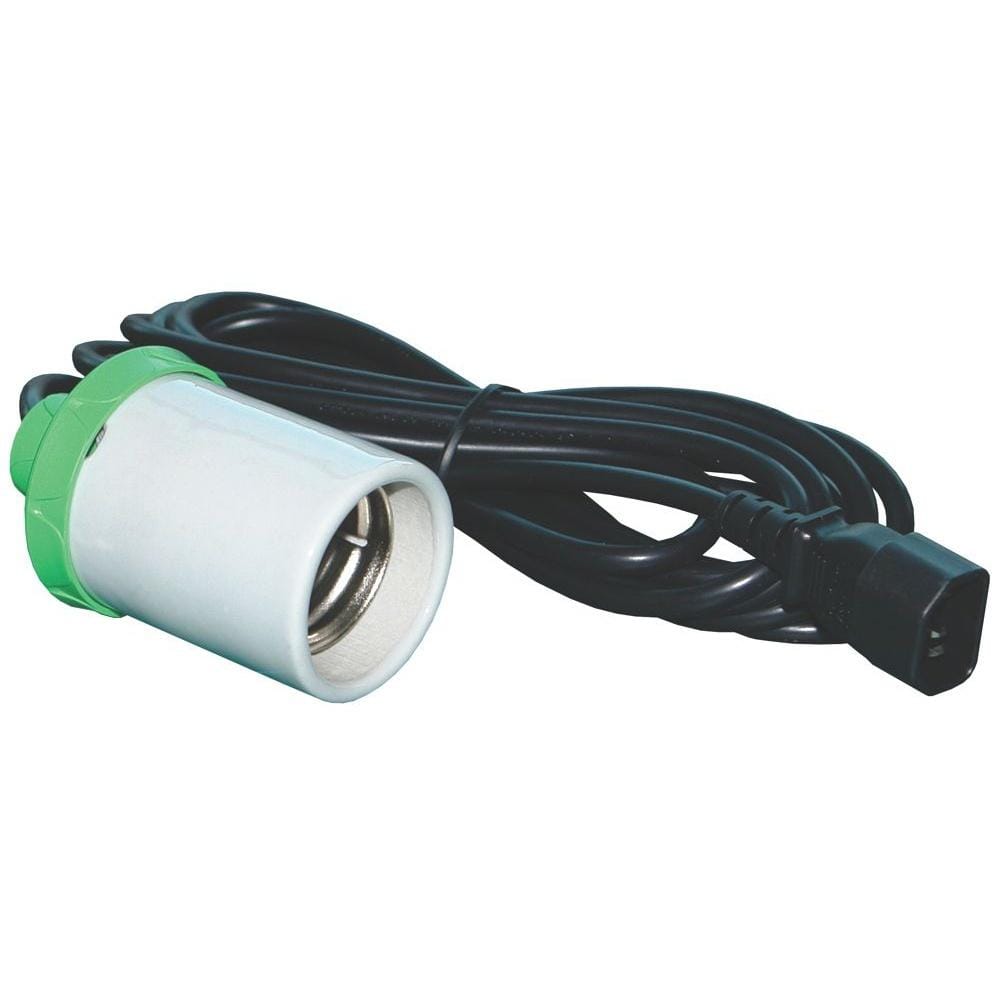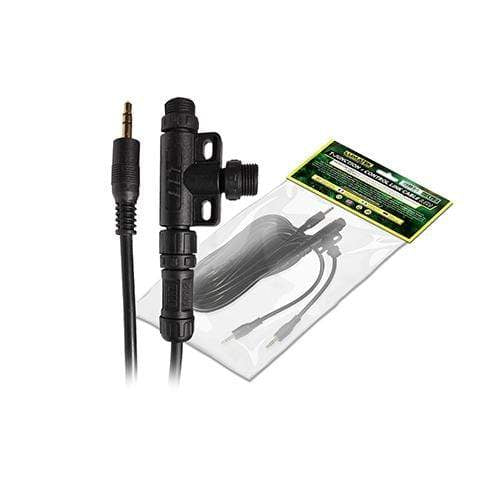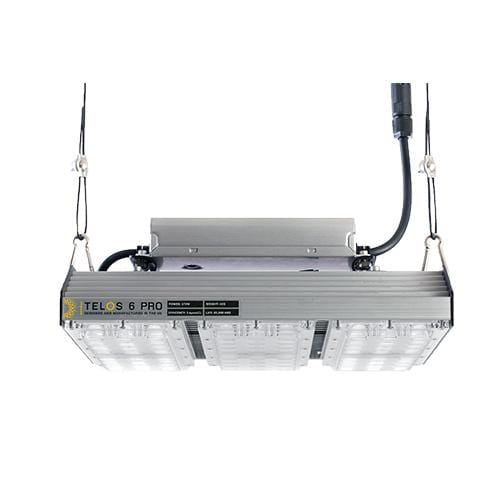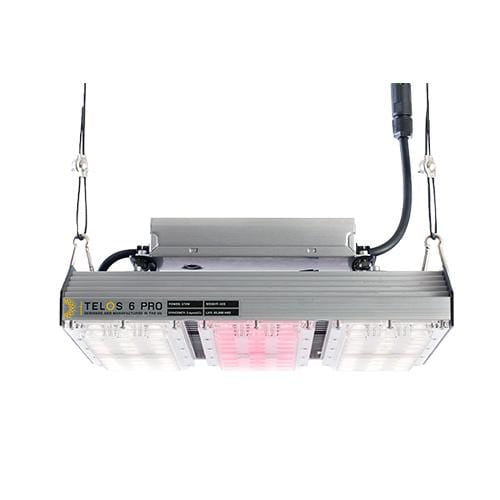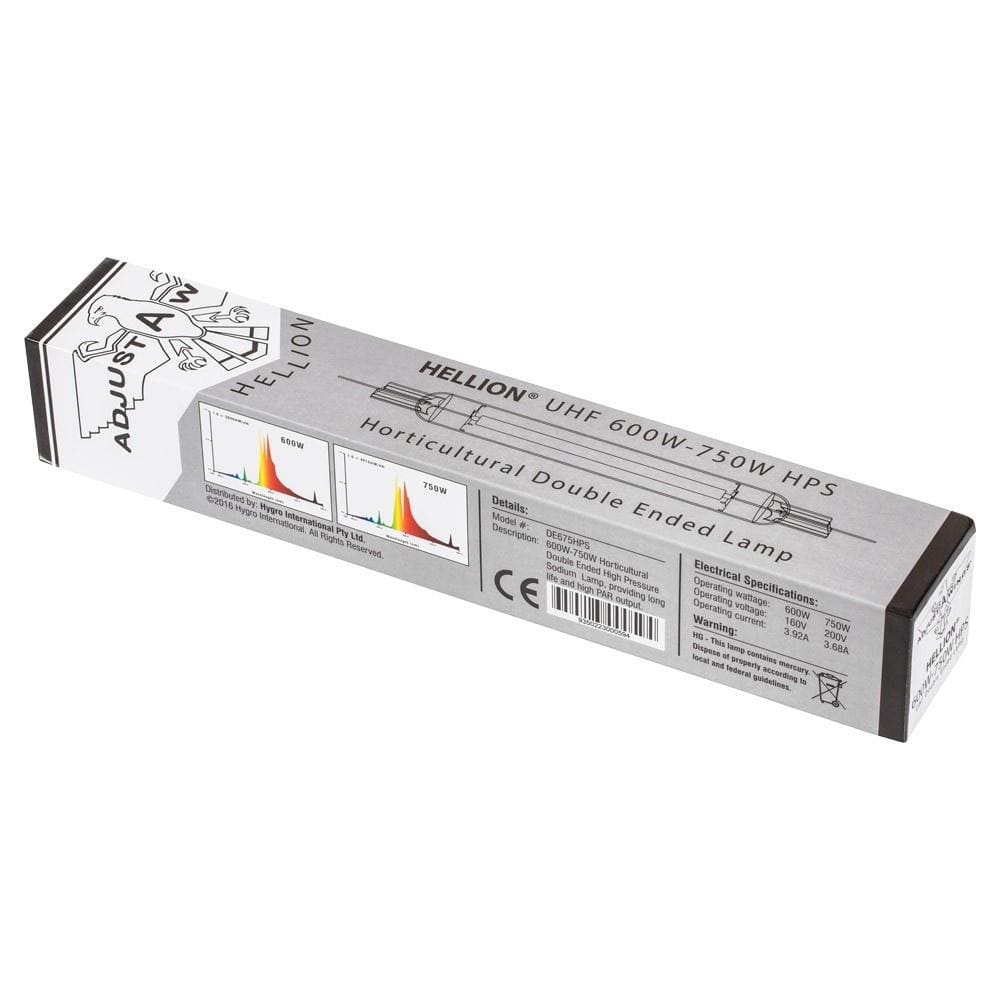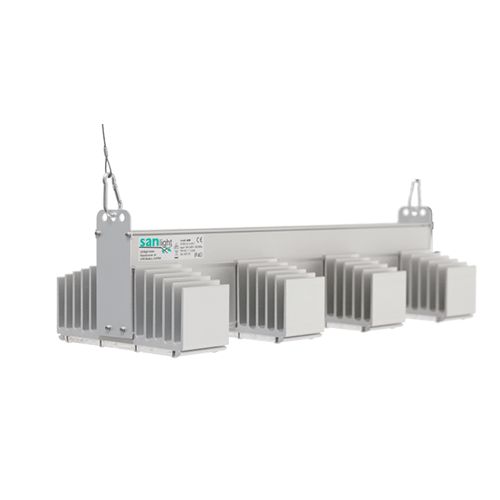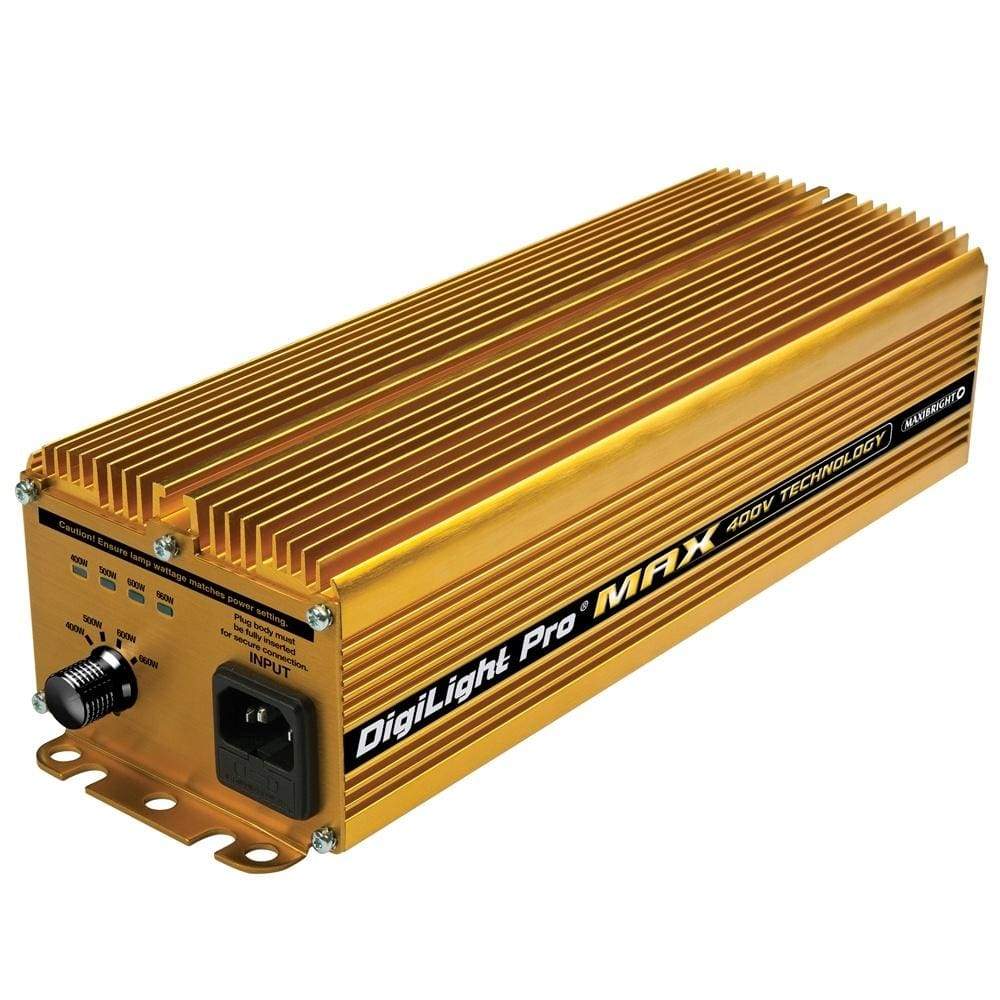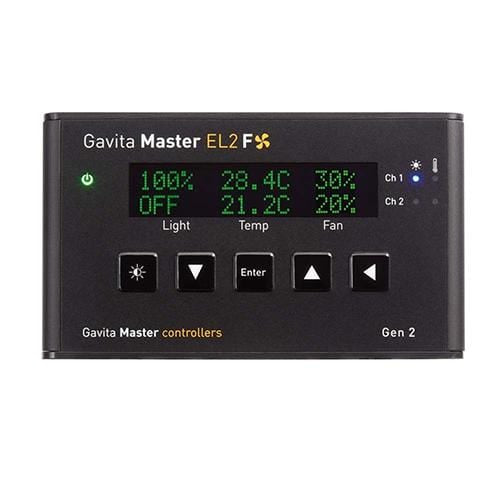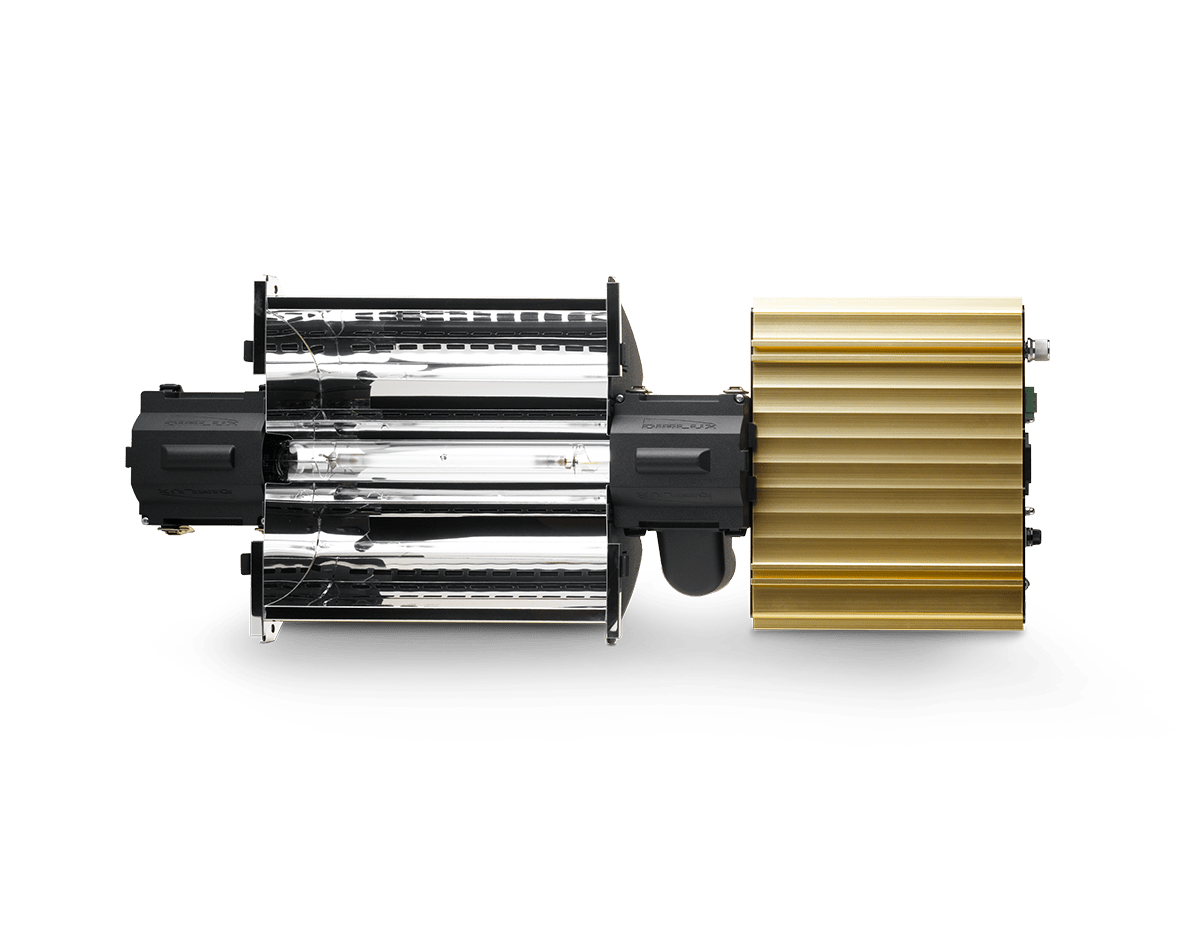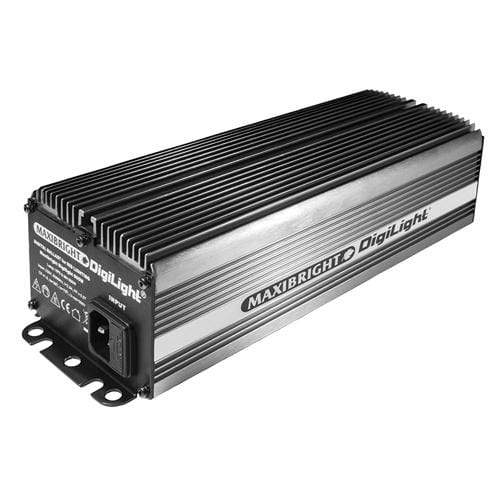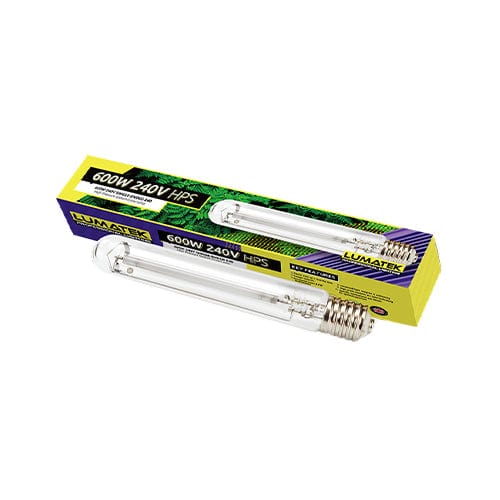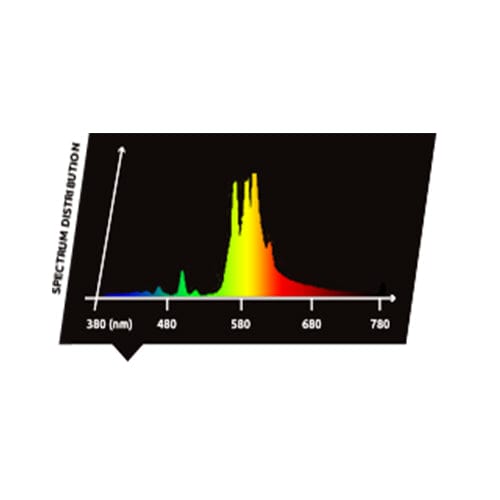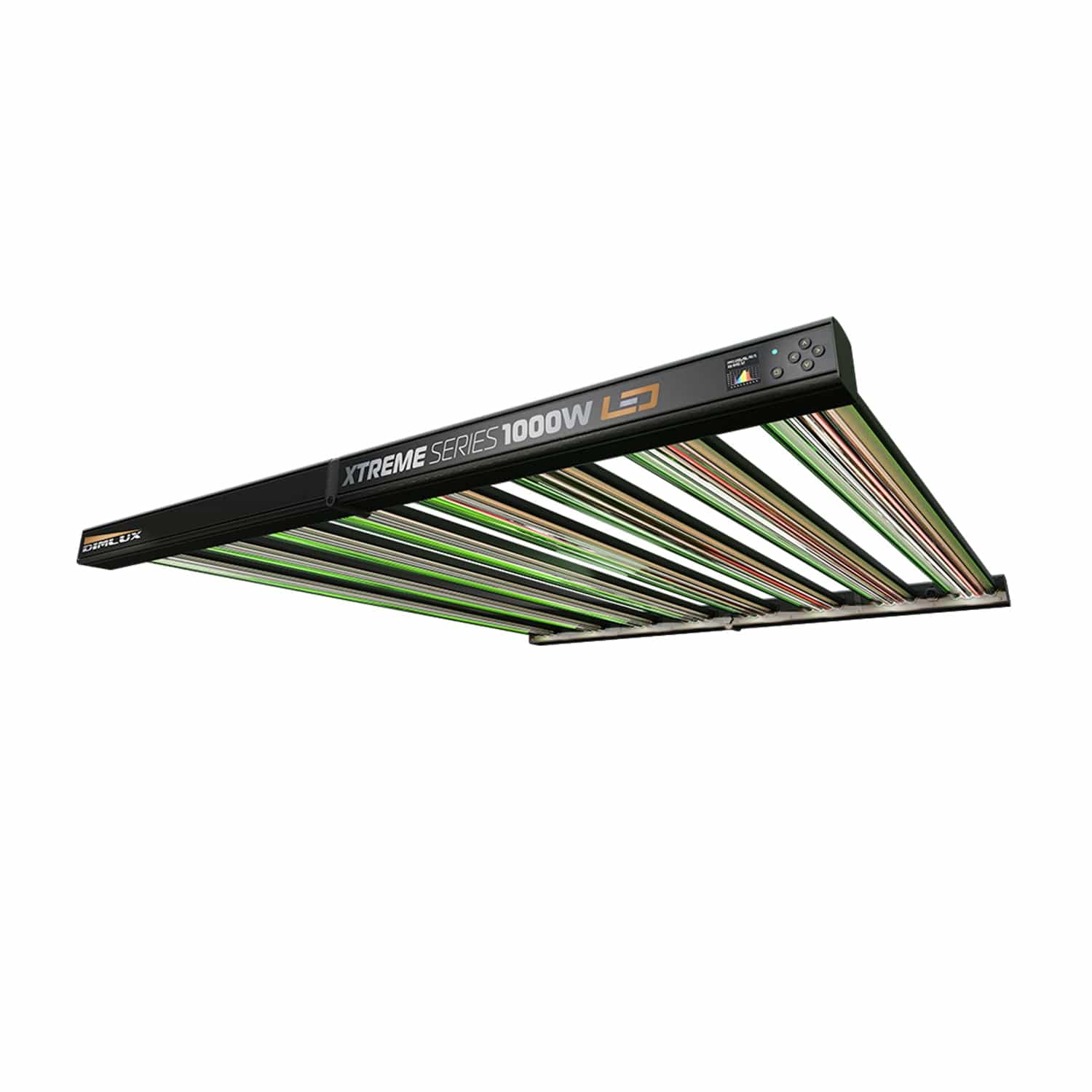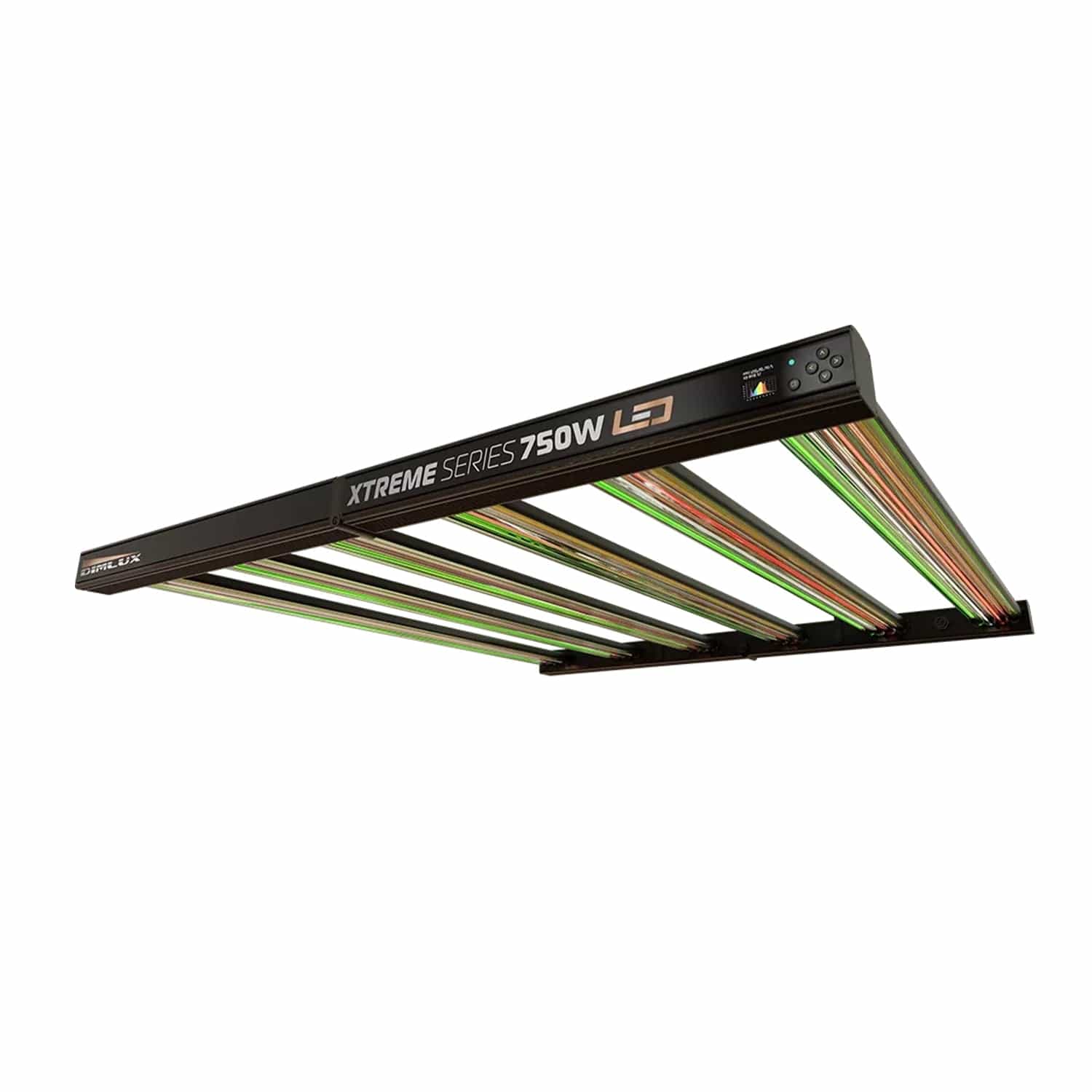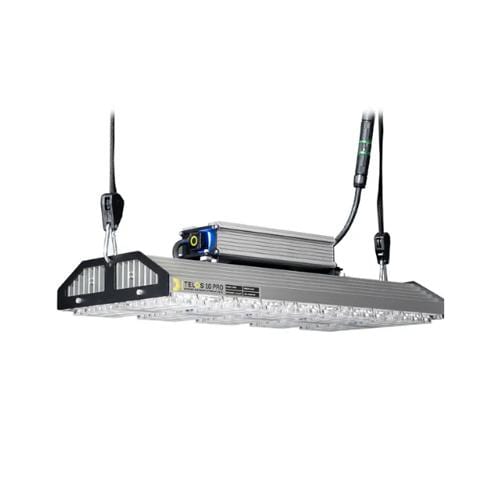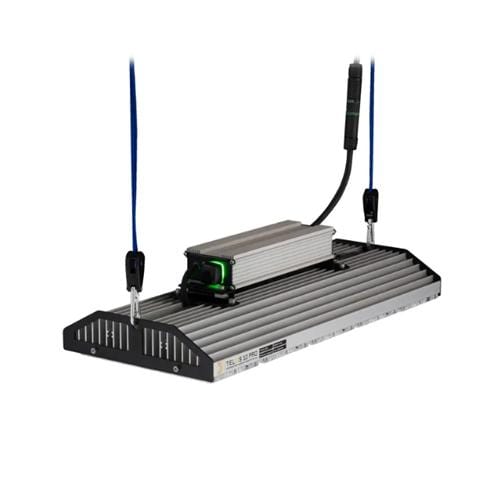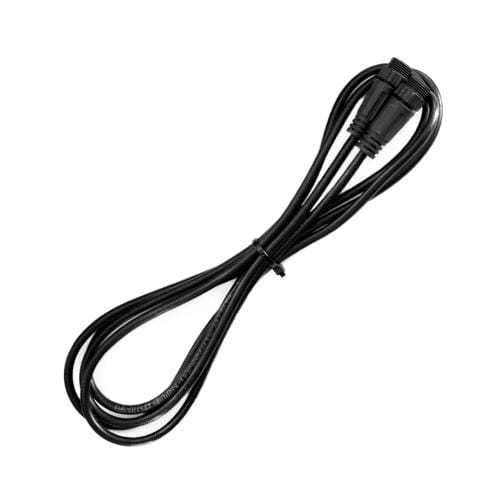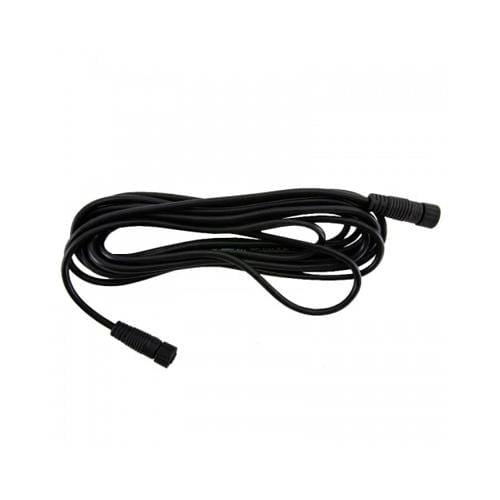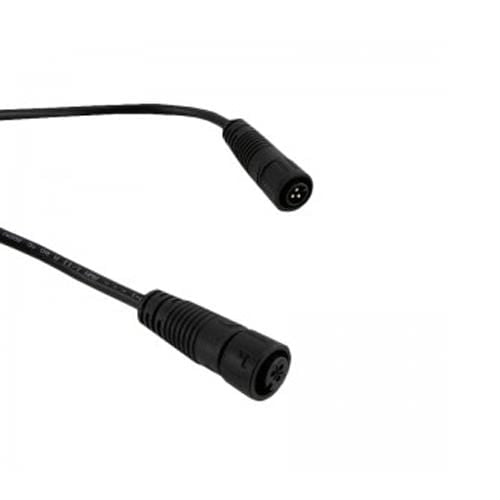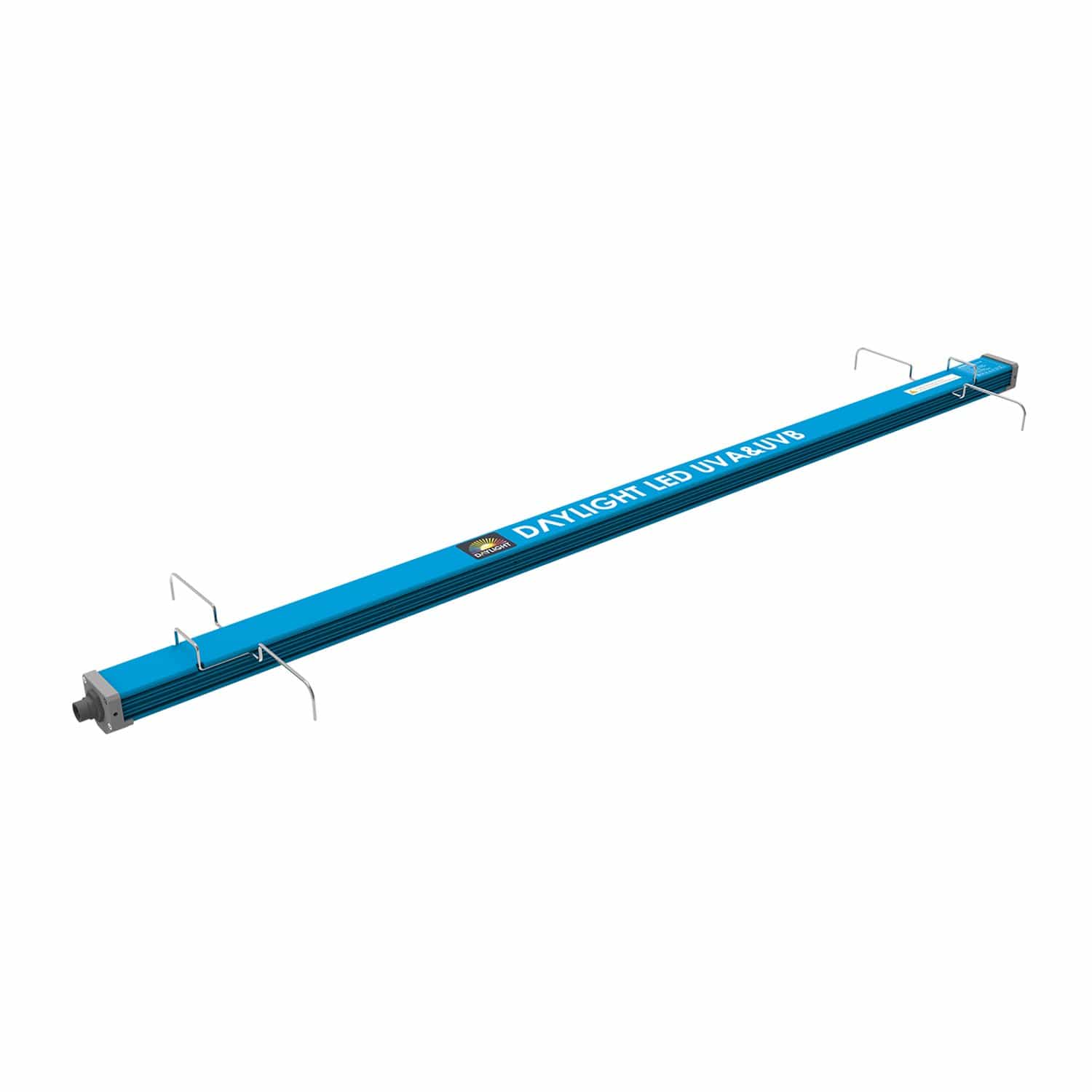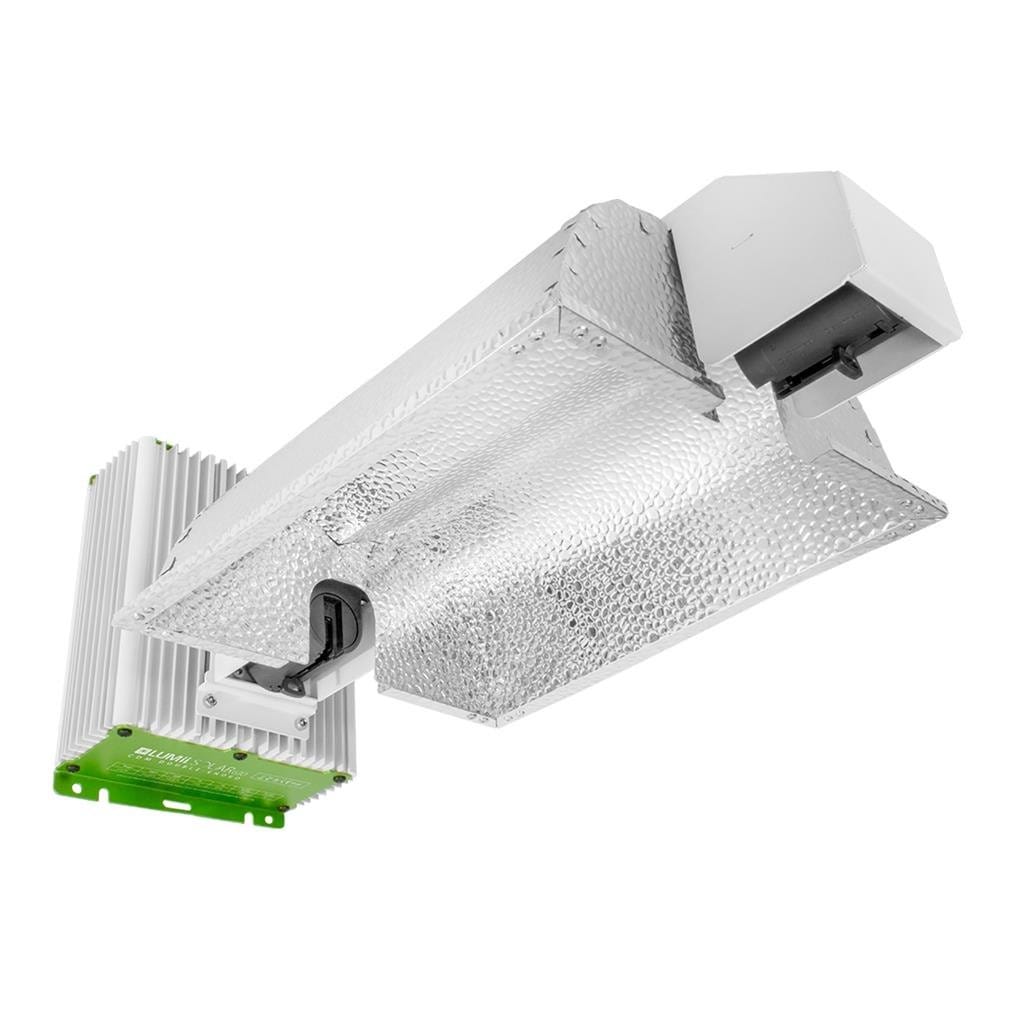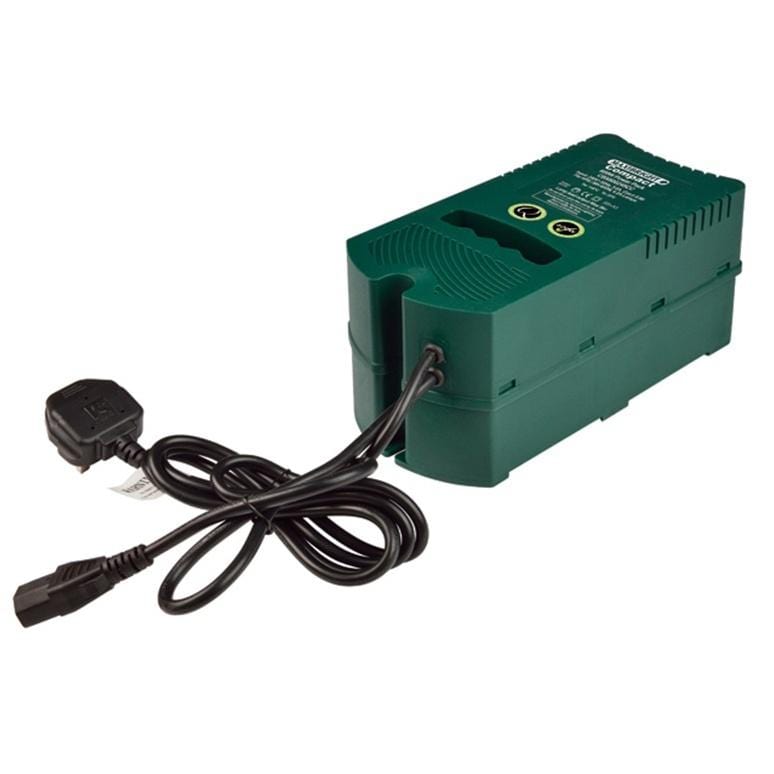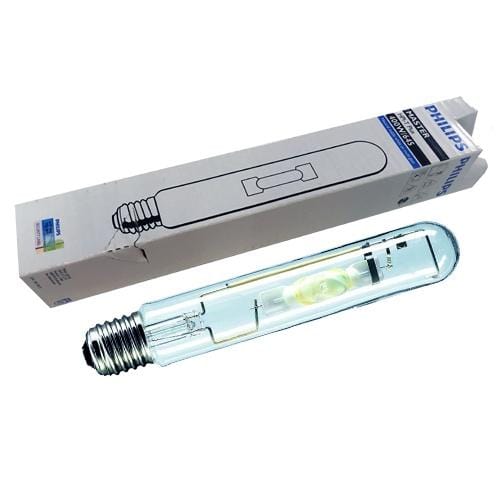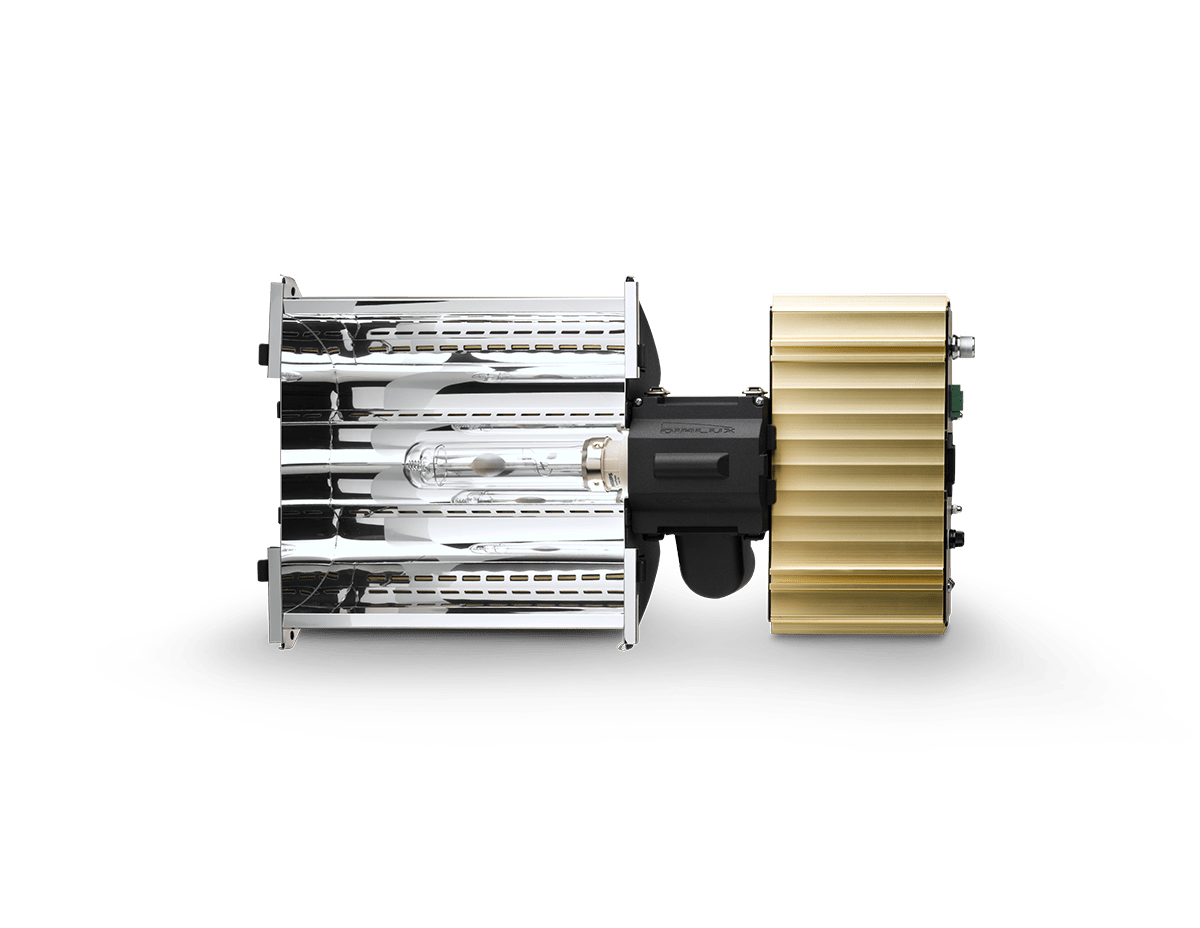Most types of plants can be grown indoors, whether they are native to the UK or not. When growing vegetables, flowers, tropical plants or any other crop, investing in the correct lighting system will ensure you get the best results.
At London Grow, we stock a wide range of indoor growing lights to suit all budgets. Our range includes lighting systems for both grow rooms and grow tents, such as LED, HPS, CDM, and plasma lights. With fast dispatch and excellent customer service, you can rely on us for quality horticultural lighting products from leading brands.
Which are the best grow lights for my plants?
When it comes to choosing the right grow lights, several factors need to be considered. These include the type of plants you want to grow, available space, location, budget, desired energy efficiency, and long term running costs.
Let's take a closer look at some of the popular types of indoor growing lights and their features.
LED Lights
LED (Light Emitting Diode) grow lights have become increasingly popular and much more advanced in recent years. As a result, they are a great choice for both amateur growers and seasoned professionals.
Known for their energy efficiency, durability, low heat, long life span and versatility, these lights come in a range of options to suit your needs.
If you are looking for an all in one solution, full spectrum LED lights are the way to go. Alternatively, you can buy LEDs that are tailored to specific light spectrums such as red, white, and blue, to support different developmental stages.
One of the great advantages of this type of lamp is that they emit less heat than other lighting options. As a result, it’s easier to control the climate inside the grow room. They are also less likely to cause damage to your plants.
HPS Grow Lights
High-Pressure Sodium (HPS) grow lights, also known as high intensity discharge (HID) lights or arc lights, are high performance grow lamps. They consist of a bulb that contains gases. When an electrical current is passed through the bulb, bright light primarily from the yellow, red and orange wavelengths of the light spectrum is emitted.
Known for their wide coverage and superior canopy penetration, these lights remain a firm favourite with professionals and amateurs alike, despite technological advances in other less energy hungry lights such as LED.
HPS indoor gardening lamps are available in a range of wattages. 600w tends to be the most popular, while 1000w laps are the most powerful. This type of lamp is ideal for the vegetative and flowering stages and will ensure impressive crops and huge yields.
These lights are powerful, don’t dim over time, and produce highly intense light that mimics strong sunlight. The light is more intense than the human eye can see, so care must be taken when using these lights. Don’t forget to buy eye protection as HPS lamps emit UV and infrared light that can damage your eyes.
HPS grow lamps have a powerful output and this means that they generate high levels of heat. Therefore, you must ensure to use these lights with a dimmable ballast, reflector, heavy duty timer, and ratchet hangers (to adjust the level of the lights). You will also need a proper ventilation system to prevent the grow room from becoming too hot. Excess heat can cause a fire hazard or burn your plants.
HPS bulbs consume more energy compared to other options such as LED lights. Higher energy consumption means they will also cost more money to run. This is something to consider if you want to keep your energy bills to a minimum.
CDM Lights
Ceramic Discharge Metal Halide (CDM) grow lights (also known as CMH lights) are another type of high intensity discharge light. Unlike HPS lamps, they are full spectrum to support plants throughout every growth stage. CDM lights also offer a high photosynthetic active radiation output (PAR) to provide plants with the perfect lighting conditions for photosynthesis.
CDM bulbs are popular among growers because they are more energy efficient than HPS or metal halide (MH) lights. They produce more light output per watt, making them cheaper to run. Another benefit is that they don’t get as hot as HPS bulbs so it’s easier to optimise the grow room environment to prevent overheating or the need for heavy duty ventilation systems.
Although they are broad spectrum, most CDM bulbs also have an enhanced red light spectrum. This is useful as it helps to boost the flowering and fruiting stage, resulting in bigger blooms and more fruit.
Known for their high Colour Rendering Index (CRI), these lights make it easier to inspect plants for disease and pests. They also have a long service life, helping to bring the costs of replacement bulbs down.
Plasma Lights
Plasma lights are at the cutting edge of full spectrum lighting for indoor growing. They are a solid-state light source that boasts superior output, energy efficiency, and a long service life. Unlike other grow light bulbs, plasma lamps generate light by using radio frequency power.
These lights produce a continuous output of light that closely resembles natural sunlight. Although the core of the lamp can heat to extreme temperatures, the heat isn’t dispersed into the surrounding environment like other lights. Therefore, they can produce less heat than alternatives such as CDM and HPS lights.
Quality plasma lights offer all the benefits you need without any notable drawbacks, other than their high price tag. As these bulbs are expensive, they are best suited to professional growers and commercial horticulture.
LEP (light emitting plasma) bulbs consist of a puck (ceramic resonator) that contains a sealed quartz lamp that is filled with gases and other metal halide materials. The puck is connected to a radio frequency power amplifier. This creates an electric field within the lamp which excites the gases causing molecules to collide, ionise and release electrons. The resulting ionised gas (known as plasma), emits a continuous light output across the broad spectrum of wavelengths that mimics natural sunlight.
Plasma lights have very high Correlated Colour Temperature (CCT) and Colour Rendering Index (CRI), second only to the sun.
The emulation of natural sunlight results in healthier, bushier plants with better root zones, more colour, tastier produce and an enhanced immunity to disease.
How is the light from artificial grow lights measured?
The light output from artificial grow lights is measured using several metrics that describe different characteristics. Common measurements include Photosynthetic Photon Flux Density, Photosynthetic Active Radiation, Spectral Power Distribution, Colour Rendering Index, and Correlated Colour Temperature.
-
Photosynthetic Photon Flux Density (PPFD): A useful metric that determines the brightness or intensity of light at any point in the grow space. Specifically, PPFD measures the number of photosynthetically active photons (light particles) that reach a specific surface area per unit of time. It is measured in micromoles (µmo) per square metre, per second (µmol/m²/s).
-
Spectral Power Distribution: SPD measures the relative intensity of light at different wavelengths. This allows growers to assess if the light source provides the desired spectrum for plant growth.
Different stages of plant growth require different spectrums of light. Having a good understanding of SPD can help you manipulate your lighting set up to maximise growth and yield.
-
Photosynthetic Active Radiation (PAR): PAR relates to the wavelengths of light within the range of 400 to 700 nanometres (nm) which drive photosynthesis. Light from the PAR spectrum is visible to the human eye and is essential for plant growth and health. This is because plants require these wavelengths to convert energy from light into chemical energy the plants can use.
- Colour Rendering Index (CRI): CRI measures how accurately a light source renders the true colours of an object. It is typically measured on a scale from 0 to 100. Higher values indicate better colour rendering. For example the sun has a CRI of 100. Accurate colour representation is important to growers because it makes it easier to assess overall plant health and identify pests and disease.
It is crucial to have a good understanding of how light is measured to ensure your plants have enough light throughout the different growth stages. These measurements can help you understand light quality, intensity and suitability for indoor gardens and different growth stages. For example, seedlings need less micromoles than flowering plants.
Top 5 plant grow lights
Sunblaster Complete LED - A highly efficient full-spectrum LED light designed for all growth stages. It delivers strong light output with minimal heat, making it ideal for compact grow spaces.
LUMii EnviroGro TLED Fixture - A reliable TLED light that provides consistent, balanced lighting, perfect for seeds, young plants and leafy greens. Its multi-tube design ensures even coverage across the grow area.
LUMii BLACK2 LED 720/960W 6 Bar Fixture – Featuring a complete double-ended fixture that uses a ceramic discharge metal-halide (CDM) lamp to provide an optimal light spectrum for your plants. It offers two lamp options: a cooler Gro lamp for the vegetative stage and a warmer Pro lamp for both veg and flower.
Loadstar LEDSTAR 26W Propagation LED – With its low energy use, and high performance output, you can expect growth to accelerate in your younger plants.
Sunblaster Complete SunBlaster T5 - A high-output T5 fixture that combines energy efficiency with a full-spectrum output, making it ideal for seedlings and early-stage plant growth.
These lights offer reliable performance, efficiency, and flexibility to support healthy indoor plant growth, no matter the stage or scale of your setup.
What light spectrum do plants need?
Plants require various wavelengths of light for different stages of the growth cycle. For example, blue light is perfect for the vegetative growth phase but as the plants transition into the flowering stage, red light is crucial to promote blooming and fruiting.
Some grow lights allow you to adjust the spectrum, while full spectrum lights emit all the required wavelengths to support the entire growth cycle. Some growers combine different lights into their set up to boost different wavelengths at different stages. This can help to achieve even bigger plants with better yields.
Wavelengths of light are measured in nanometres (nm) which describes each wavelength and the different colours of the spectrum.
The light spectrum ranges from UV to far red. The chart below shows the different light spectrums and their influence on the various stages of plant growth.
|
Light Spectrum |
Wavelength Range |
Effects on Plant Growth |
|
Ultra Violet (UV) |
280-400 nm |
|
|
Blue |
400-500 nm |
|
|
Green |
500-600 nm |
|
|
Red |
600-700 nm |
|
|
Far Red |
700-800 nm |
|
|
Infrared (IR) |
700-1000+ nm |
|
What wattage grow light do I need?
Determining the appropriate wattage for your indoor grow lights will depend on several factors. Things to consider include the size of your growing room, type of plants, the different growth stages, and the type of light.
Below is a general guide on light wattage requirements for popular indoor growing lights.
- LED: LEDs are highly efficient, many are full spectrum, and you can usually achieve the desired light intensity with a lower wattage compared to other types of lights. For seedlings and young plants you’ll need around 15-30 watts per square foot (160-320 watts per square metre). During the vegetative stage, aim for around 30-50 watts per square foot (320-540 watts per square metre). During flowering or fruiting, 50-80 watts per square foot (540-860 watts per square metre) should be enough.
-
HPS: Provide a high intensity light output but are much less energy efficient compared to LEDs. For seedlings and young plants, you will need around 20-40 watts per square foot (215-430 watts per square metre). Throughout the vegetative stage, you should aim for around 40-60 watts per square foot (430-645 watts per square metre). During flowering or fruiting, 60-100 watts per square foot (645-1076 watts per square metre) should be sufficient.
-
CDM: These are popular full spectrum lights that can be used for both vegetative and flowering stages. For seedlings and young plants, aim for a range of 25-40 watts per square foot (270-430 watts per square metre). During the vegetative stage, 40-60 watts per square foot (430-645 watts per square metre). During flowering or fruiting, aim for 60-100 watts per square foot (645-1076 watts per square metre.
- Plasma: Plasma lights provide a full spectrum of light, are known for their high efficiency and their wattage recommendations are similar to LED lights. For seedlings and young plants, aim for 15-30 watts per square foot (160-320 watts per square metre). During the vegetative stage, 30-50 watts per square foot (320-540 watts per square metre). During flowering or fruiting, aim for 50-80 watts per square foot (540-860 watts per square metre).
These wattage recommendations are intended as a general guideline only. Always remember to check the manufacturer’s guidelines and study each light's rating carefully before purchasing. Different lights may have varying efficacy.
How to use grow lights?
Once you have your chosen lights at hand, the general steps for setting up are as follows:
Step 1: Place lights directly above the plants or seedlings. This is to simulate natural sunlight, ensuring even light distribution.
Step 2: Position the light at the right distance, for which the type of light source needs to be considered. For example, LEDs and CFLs produce lower heat, which allows them to be positioned closer to plants, with LEDs placed approx. 12-24 inches away and CFLs around 6-12 inches. In contrast, high-heat lights like Metal Halide (MH), Ceramic Metal Halide (CMH), and High-Pressure Sodium (HPS) should be hung higher, typically between 18-36 inches, to prevent heat stress.
Step 3: Consider the duration of time the light source is to be enabled each day. Mimic natural daylight by keeping the grow light on for about 8 to 10 hours daily. For plants receiving no natural sunlight, or needing more light at their specific growth stage, extending this period up to 16 hours may be beneficial.
Step 4: Keep an eye on the plant. Monitoring the plant’s response to the light source helps with spotting any issues early on, after which the lights can be adjusted for distance, time and placement.
These steps should keep the plants happy and growing! Visit our handy guide about how to hang grow lights if you want to know more.
Buy Grow Lights Online
At London Grow, we stock grow lights from all the leading brands. Whether you are a beginner or a professional grower, we’ve got all the kit for your indoor garden. Selecting the right grow lights is crucial for a successful crop.
If you’re not sure which lights to buy for your grow room or tent, please get in touch. We’ll be happy to provide expert advice so you can make an informed decision.










































































